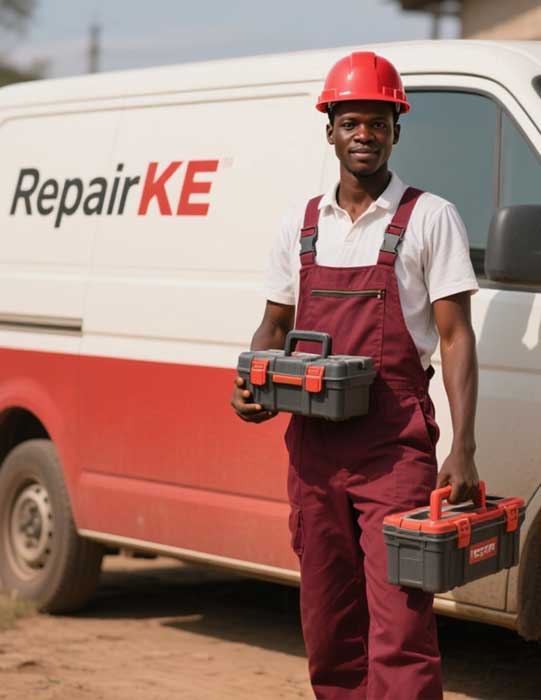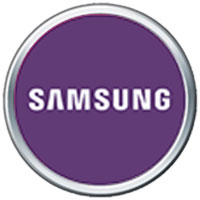
Common Printer Faults, Errors, and Problems and Their Solutions
Printers are essential devices in homes and offices, but they can encounter various faults, errors, and problems that disrupt functionality. Understanding these issues and their solutions can save time, reduce frustration, and extend the lifespan of the device. This article provides a comprehensive overview of common printer issues, their causes, and practical solutions, presented in a clear and structured format to assist users in troubleshooting effectively.
Paper Jams
Description: Paper jams occur when sheets become stuck inside the printer, halting printing operations. This is one of the most frequent printer issues, often caused by misaligned paper, overfilled trays, or worn rollers.
Solutions:
- Clear the Jam: Power off the printer and gently remove the stuck paper, following the manufacturer’s instructions to avoid damaging internal components.
- Check Paper Quality: Use high-quality, correctly sized paper and ensure it is not damp or curled.
- Inspect Rollers: Clean or replace worn rollers to improve paper feeding.
- Adjust Tray Settings: Ensure the paper tray is not overloaded and that guides are properly aligned.
"Regularly cleaning your printer’s rollers can prevent up to 70% of paper jam issues." – Printer Maintenance Expert
Poor Print Quality
Description: Faded prints, streaks, smudges, or missing colors indicate poor print quality, often due to low ink/toner, clogged printheads, or incorrect settings.
Solutions:
- Check Ink/Toner Levels: Replace empty or low cartridges with compatible, high-quality supplies.
- Run Cleaning Cycle: Use the printer’s built-in cleaning function to clear clogged printheads or nozzles.
- Adjust Print Settings: Ensure the correct paper type and quality settings are selected in the printer driver.
- Align Printheads: Run the alignment utility to correct misaligned printheads, especially for inkjet printers.
"Using genuine ink or toner cartridges reduces the risk of print quality issues by ensuring compatibility with your printer." – Printing Technology Specialist
Printer Not Connecting
Description: Connectivity issues prevent the printer from communicating with computers or networks, often due to Wi-Fi disruptions, outdated drivers, or incorrect configurations.
Solutions:
- Check Connections: For USB printers, ensure cables are secure. For wireless printers, verify the Wi-Fi connection and signal strength.
- Update Drivers: Download and install the latest printer drivers from the manufacturer’s website.
- Restart Devices: Power cycle the printer, router, and computer to reset connections.
- Reconfigure Network Settings: Ensure the printer is on the same network as the computer and re-enter Wi-Fi credentials if needed.
"Keeping printer firmware updated can resolve many connectivity issues and improve performance." – IT Support Technician
Error Codes and Messages
Description: Printers display error codes or messages (e.g., “Error 50.x” or “Paper Tray Empty”) to indicate specific issues, such as hardware malfunctions or incorrect settings.
Solutions:
- Consult the Manual: Refer to the printer’s user manual or manufacturer’s website for error code explanations and solutions.
- Reset the Printer: Unplug the printer for 5–10 minutes to perform a soft reset, clearing temporary errors.
- Update Firmware: Install firmware updates to fix bugs causing error messages.
- Contact Support: For persistent or complex errors, reach out to the manufacturer’s technical support team.
"Many printer error codes can be resolved with a simple reset, but always check the manual for model-specific guidance." – Printer Repair Specialist
Slow Printing
Description: Slow printing can result from high-resolution settings, large file sizes, or outdated hardware, causing delays in processing print jobs.
Solutions:
- Lower Print Quality: Select draft or standard mode for non-critical documents to speed up printing.
- Optimize Files: Compress large files or convert them to PDF before printing to reduce processing time.
- Upgrade Hardware: Ensure the printer and computer have sufficient memory and processing power for large jobs.
- Clear Print Queue: Cancel pending jobs in the print queue to prevent bottlenecks.
"Switching to a wired USB connection can significantly reduce printing delays compared to wireless setups." – Office Equipment Consultant
Preventative Maintenance Tips
To minimize printer faults, regular maintenance is crucial. Clean the printer monthly to remove dust and debris, store paper in a dry environment, and use genuine consumables to avoid compatibility issues. Schedule professional servicing for complex systems, especially in high-volume printing environments.
By addressing these common printer issues promptly and adopting preventative measures, users can ensure reliable performance and high-quality output from their devices.




